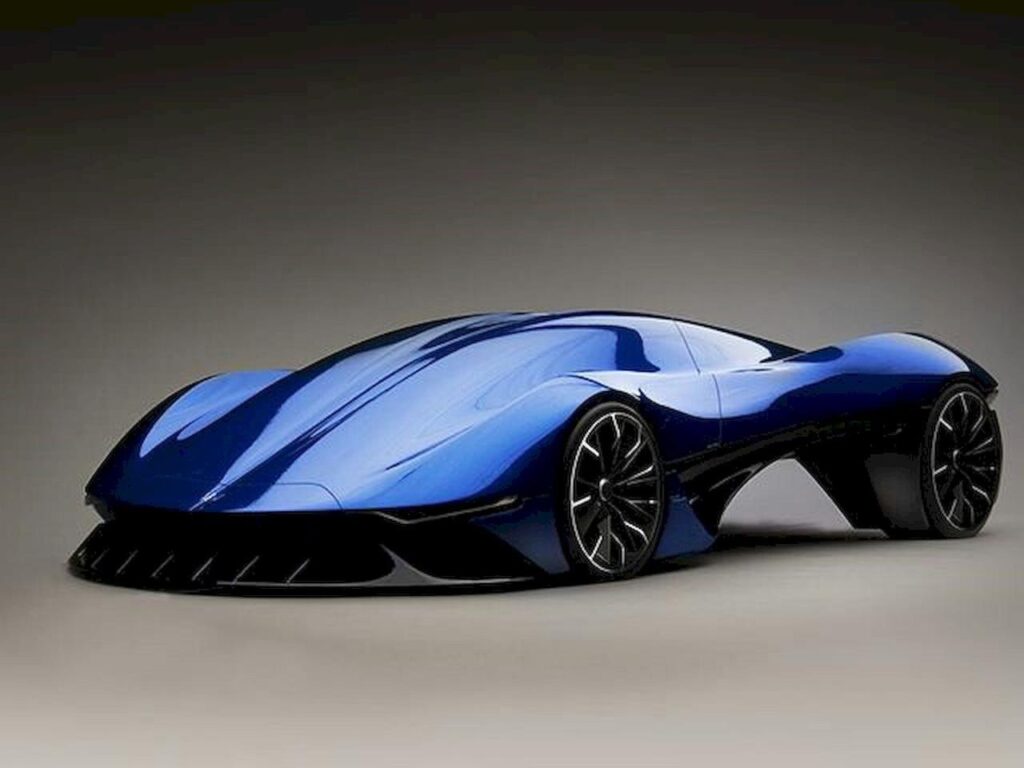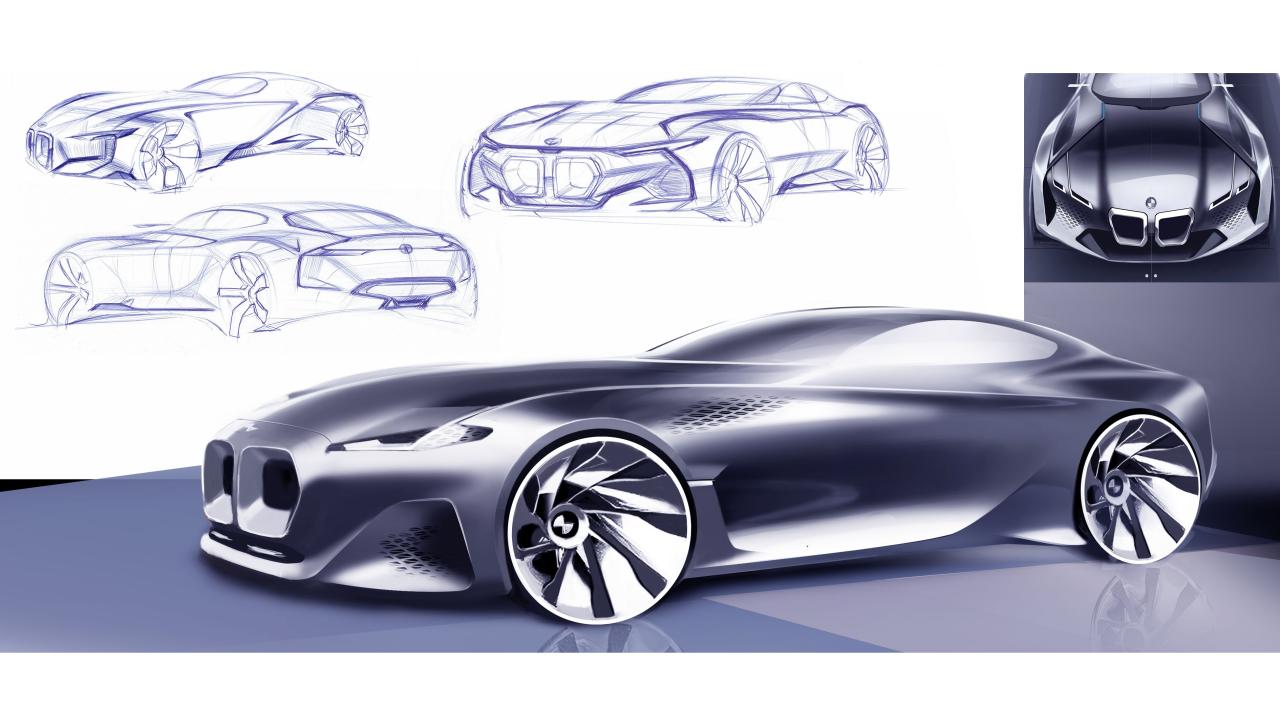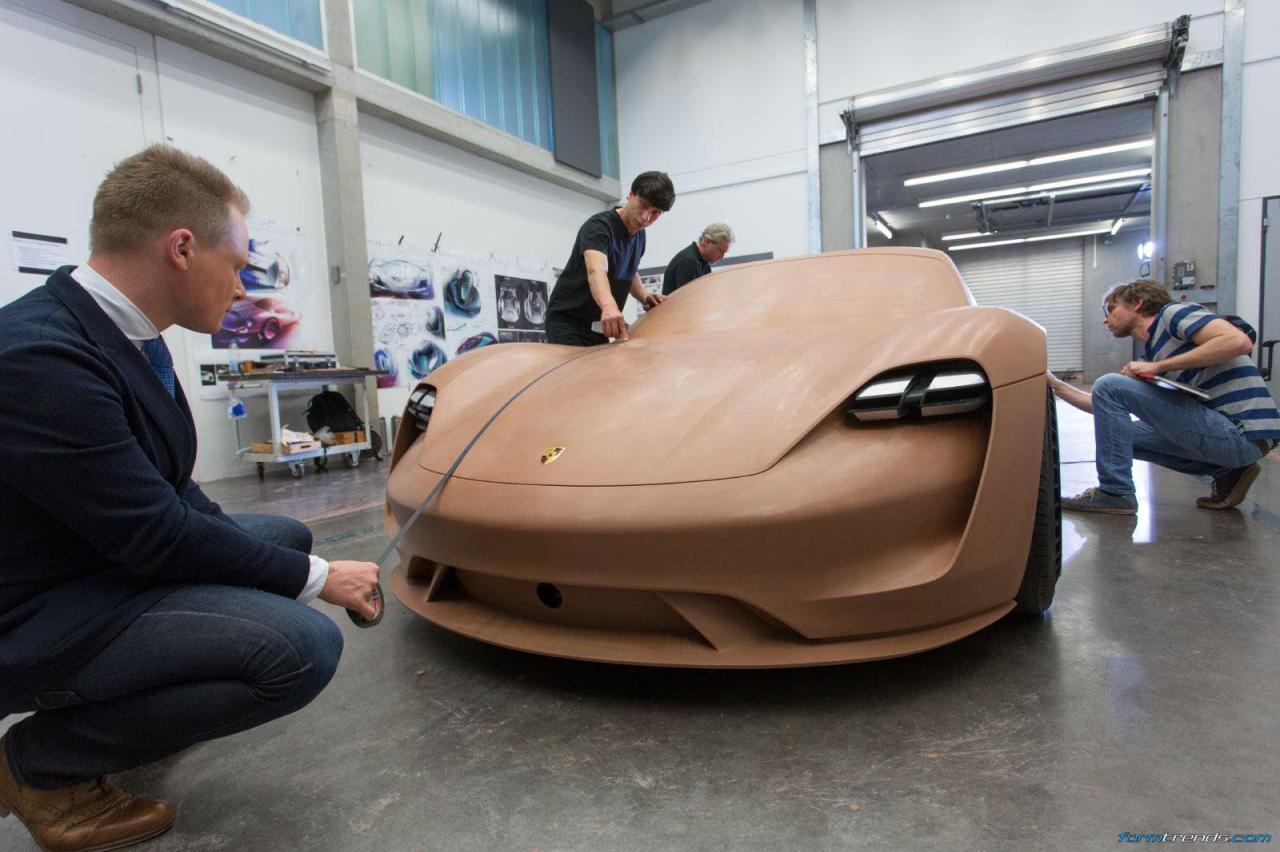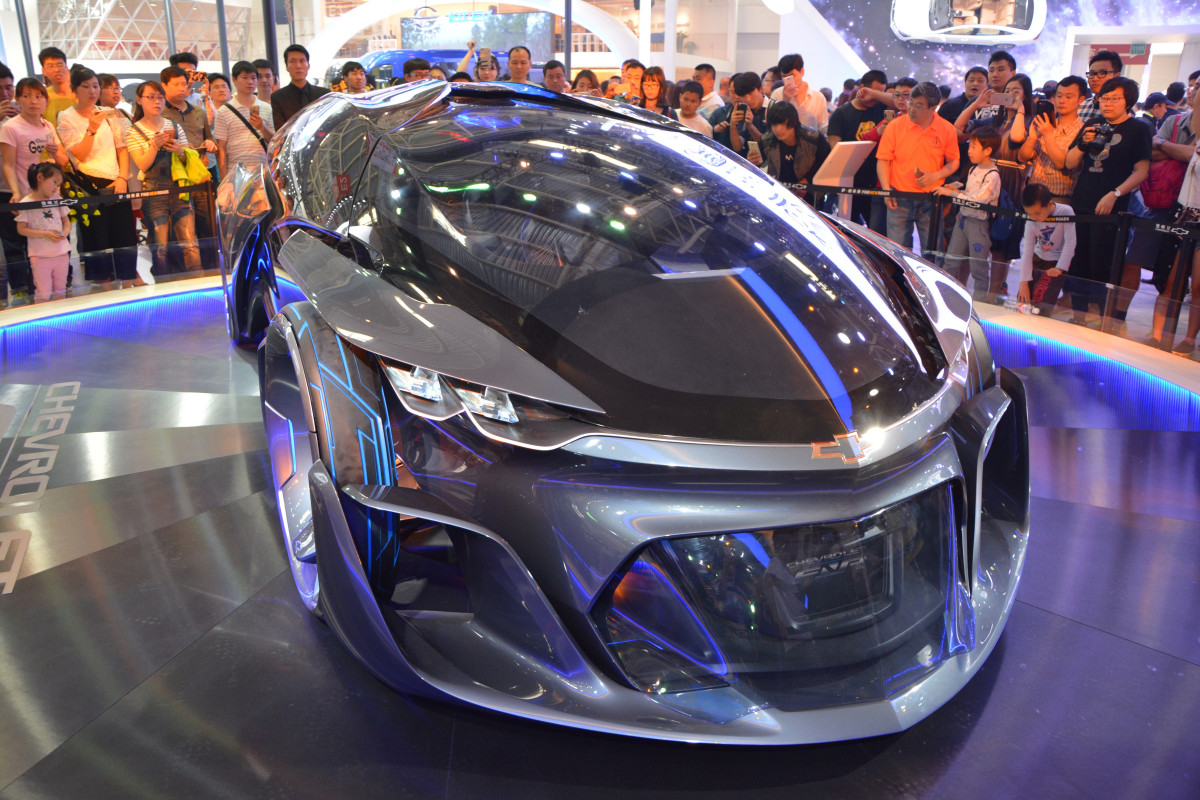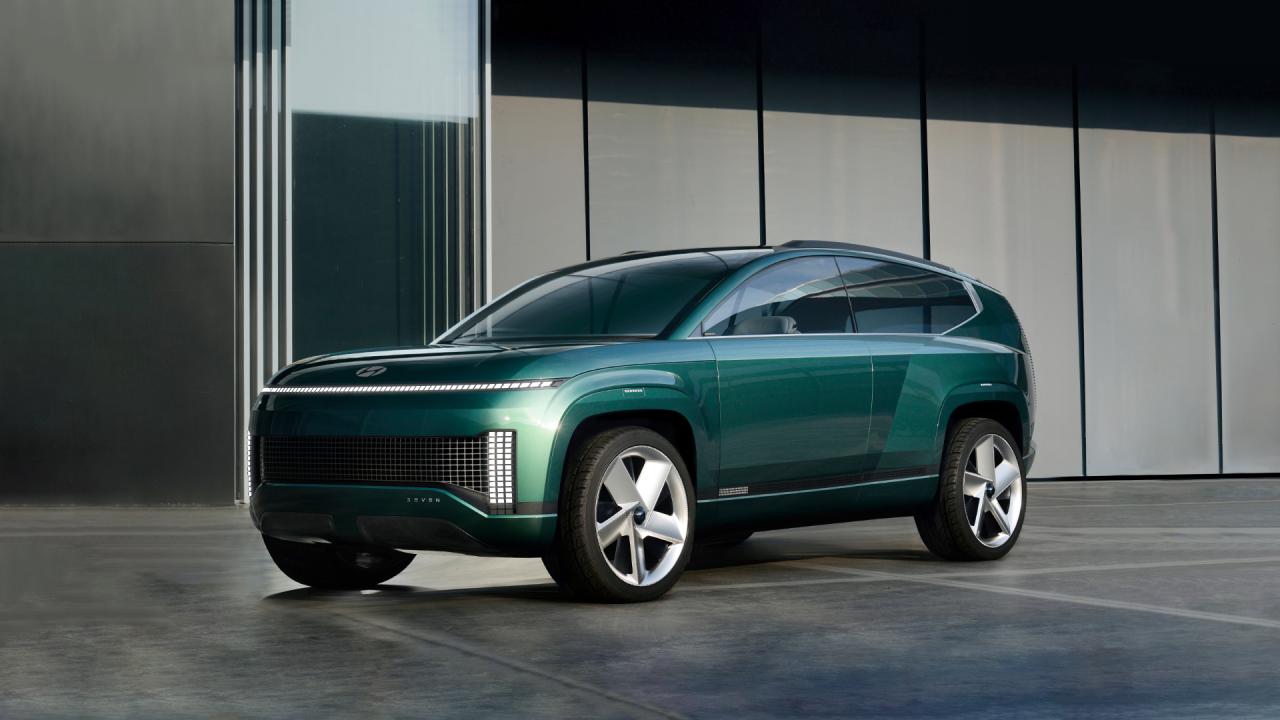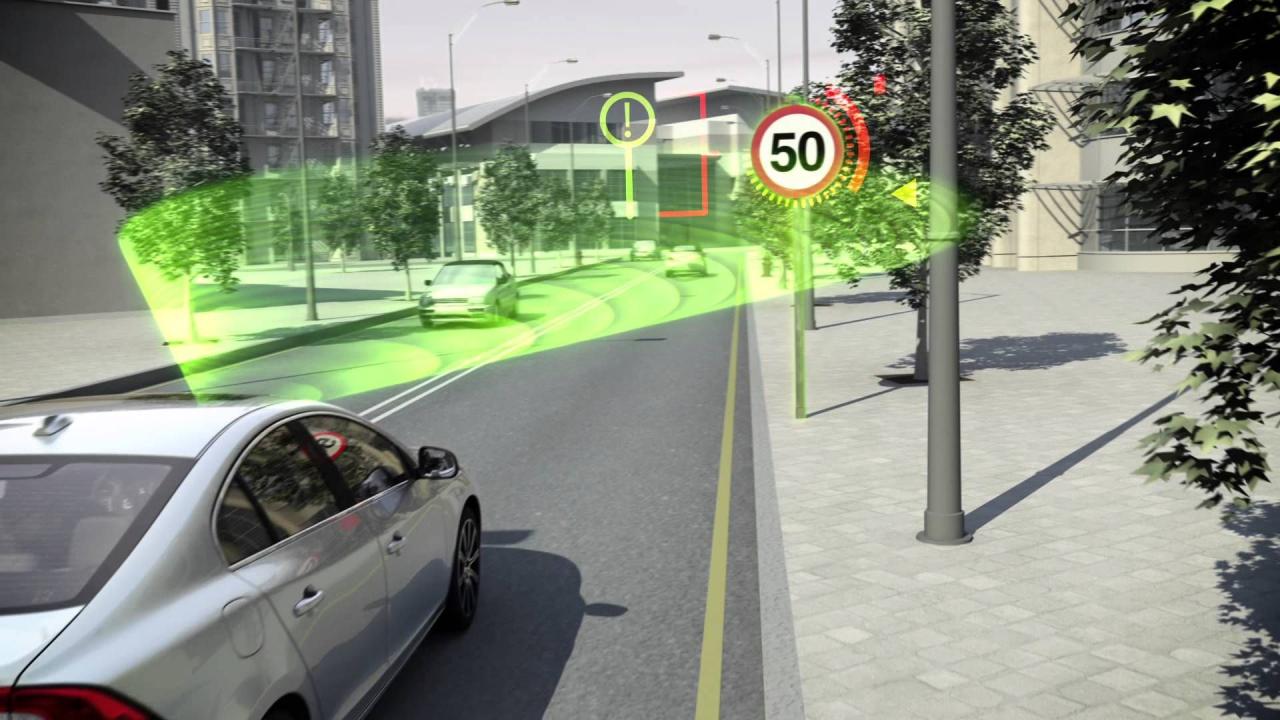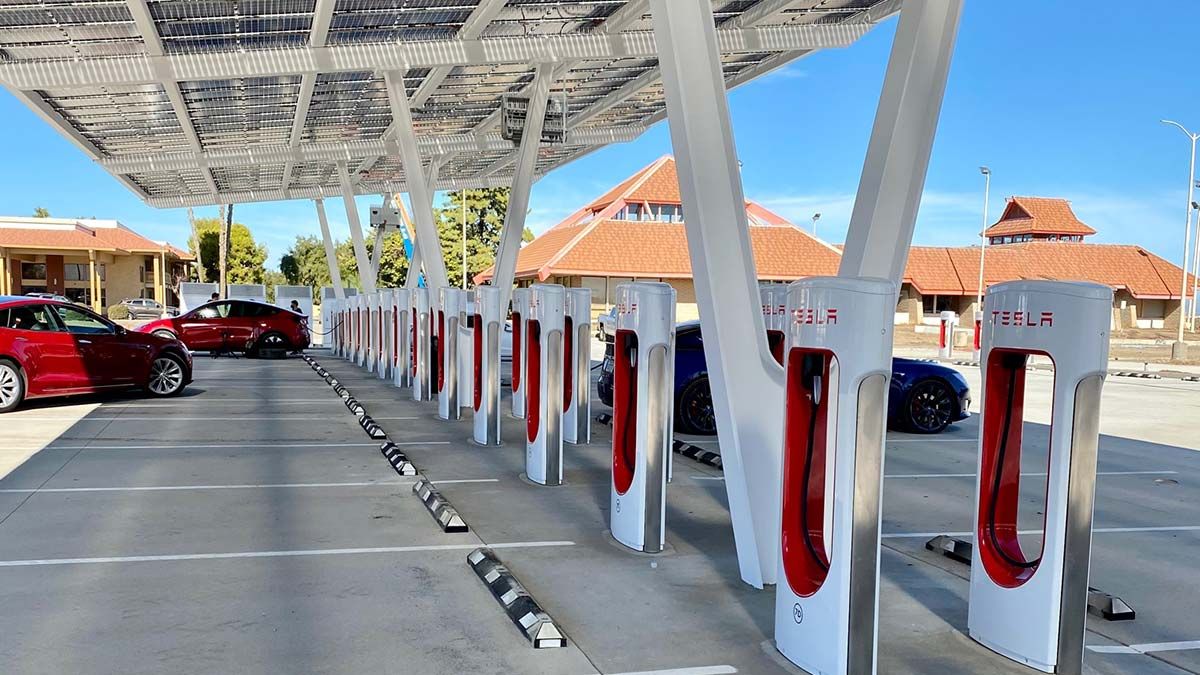Shaping Tomorrow’s Drives: An Aesthetic and Functional Revolution
Automotive design is far more than just sketching pretty cars. It’s a complex, multifaceted discipline that merges art, engineering, human psychology, and cultural trends to create vehicles that are both visually compelling and highly functional. For over a century, car design has reflected societal changes, technological advancements, and shifting consumer desires. Today, as the industry undergoes its most profound transformation in decades, automotive design evolves at an unprecedented pace, driven by electrification, autonomous technology, sustainable materials, and a renewed focus on user experience. This evolution isn’t merely about new aesthetics; it’s about fundamentally rethinking the relationship between human and machine, creating spaces that are intelligent, sustainable, and intimately connected to our lives.
From Horsepower to Human Power: A Historical Overview of Car Design Eras
The trajectory of automotive design is a fascinating chronicle of innovation, responding to technological leaps, manufacturing capabilities, and prevailing societal tastes. Each era has left an indelible mark, shaping the vehicles we drive today.
A. The Dawn of Motoring (Late 19th – Early 20th Century): The Car as a “Horseless Carriage.” i. Functional Mimicry: Early automobiles largely mimicked horse-drawn carriages, focusing on functional aspects like seating arrangements and basic weather protection. Design was utilitarian, driven by mechanical necessity rather than aesthetic flourishes. Body panels were often flat or gently curved, reflecting nascent manufacturing techniques. ii. Open-Top and Exposed Components: Most vehicles were open-top, and many mechanical components were exposed. Chrome was rare, and paint finishes were basic. The emphasis was on reliability and simply moving without a horse.
B. Pre-War Elegance (1920s – 1930s): The Rise of Streamlining and Grandeur. i. Art Deco Influence: Inspired by the Art Deco movement, cars became more flamboyant and stylized. Longer hoods, flowing fenders, and distinct grille designs emerged. Chromework became prominent, symbolizing luxury and speed. ii. Aerodynamic Beginnings: Designers began to experiment with streamlining, recognizing its benefits for speed and efficiency. Tear-drop shapes and concealed wheels started to appear, a nod to early aerodynamic studies, although often more for stylistic impact than pure scientific optimization. iii. Coachbuilding Zenith: This was the golden age of custom coachbuilding, where wealthy clients could commission bespoke bodies for their chassis, leading to unique, handcrafted automotive masterpieces.
C. Post-War Modernity (1940s – 1950s): Fins, Chrome, and the Jet Age. i. Optimism and Affluence: Post-WWII prosperity, particularly in the US, fueled a desire for larger, more opulent cars. Design cues were heavily influenced by jet aircraft and rockets, leading to prominent tailfins, massive chrome grilles, and panoramic windshields. ii. Planned Obsolescence: Annual model changes became a marketing strategy, encouraging consumers to upgrade frequently, with design being a key differentiator. iii. European Counterpart: European design, recovering from the war, focused more on practicality, compact dimensions, and elegant simplicity, exemplified by iconic small cars and sports cars.
D. The Space Age and Performance Era (1960s – 1970s): Muscle Cars, Supercars, and Wedges. i. American Muscle: In the US, the focus shifted to raw power and aggressive styling, giving rise to the muscle car era with long hoods and short rear decks. ii. European Supercars: Italy led the way in exotic supercar design, with low, wide, and often wedge-shaped forms (e.g., Lamborghini Miura, Countach), pushing aerodynamic and aesthetic boundaries. iii. Safety and Regulation Begin: Towards the end of this era, increasing concerns about safety and emissions began to influence design, leading to larger bumpers and less flamboyant styling.
E. Digital and Aerodynamic Efficiency (1980s – 1990s): Computer-Aided Design and Smooth Surfaces. i. CAD/CAM Revolution: The advent of Computer-Aided Design (CAD) and Computer-Aided Manufacturing (CAM) tools revolutionized the design process, allowing for more precise and complex surfaces. ii. Sleek and Aerodynamic Shapes: Designers prioritized smooth, flush surfaces and reduced drag coefficients to improve fuel efficiency and performance. Pop-up headlights, flush door handles, and integrated bumpers became common. iii. Rise of SUVs and Minivans: Practicality and versatility gained prominence, leading to the rapid growth of Sports Utility Vehicles (SUVs) and minivans, which brought new design challenges and opportunities.
F. The New Millennium (2000s – Present): Blending Heritage with Futurism and Global Influences. i. Retro-Futurism: Many brands revisited their heritage, incorporating retro design cues into modern vehicles (e.g., Mini Cooper, VW Beetle, Ford Mustang). ii. Bold Styling and Crossovers: Aggressive, angular styling, often with prominent grilles and intricate lighting signatures, became popular. The crossover utility vehicle (CUV) became the dominant segment, blurring the lines between SUVs, hatchbacks, and sedans. iii. LED Lighting Revolution: Light Emitting Diodes (LEDs) offered unprecedented design freedom for headlights and taillights, enabling complex, signature lighting elements. iv. Global Design Language: As automotive markets became more interconnected, brands sought to establish a consistent “design language” across their global lineups.
Driving the Future: Key Trends Reshaping Automotive Design
The current era is arguably the most dynamic in automotive design history, propelled by a confluence of technological, environmental, and societal forces.
A. Electrification: Freedom and Function. i. New Proportions: Electric powertrains, particularly skateboard platforms (where batteries are flat in the floor and motors are integrated into axles), eliminate the need for large internal combustion engines, transmissions, and exhaust systems. This liberates designers from traditional constraints, allowing for shorter hoods, longer cabin spaces (“cab-forward” designs), and lower overall profiles. This opens up possibilities for vastly different interior layouts and exterior silhouettes. ii. Grille Redefinition: With less need for engine cooling, the traditional front grille, long a defining feature, can be reinterpreted or even eliminated. This allows for cleaner front fascias, unique lighting signatures, and aerodynamic optimization. iii. Aerodynamic Efficiency: Range anxiety is a major concern for EV owners. As such, aerodynamic efficiency is paramount in EV design. Designers are creating smoother surfaces, flush door handles, aerodynamically optimized wheel designs, and even active aero elements to minimize drag and extend range. This also influences overall vehicle shape, often leading to more streamlined, almost monolithic forms. iv. Battery Integration Aesthetics: The way batteries are packaged within the vehicle greatly influences its form. Designers must balance optimal battery placement for weight distribution and crash safety with interior space and exterior proportions.
B. Autonomous Technology: The Car as a “Third Place.” i. Interior-Centric Design: As vehicles approach higher levels of autonomy (Level 4 and 5), the role of the driver diminishes, transforming the car’s interior from a cockpit into a “third place” – an extension of home or office. Interiors will become more lounge-like, with reconfigurable seating, rotating chairs, and adaptable workspaces. ii. Human-Machine Interface (HMI) Evolution: Steering wheels and pedals may retract or disappear entirely in fully autonomous vehicles. HMI will shift towards intuitive voice commands, large interactive displays, gesture control, and potentially augmented reality windshields, creating a seamless and immersive user experience. iii. Exterior Communication: Autonomous vehicles need to communicate their intentions to pedestrians and other road users. This will lead to innovative exterior lighting arrays, digital displays on the vehicle body, and even projected signals to indicate whether the car is in autonomous mode, when it intends to turn, or if it’s safe to cross. iv. Sensor Integration: The myriad of sensors required for autonomous driving (Lidar, radar, cameras) must be seamlessly integrated into the vehicle’s design without compromising aesthetics or performance. This requires clever packaging and often involves making sensors less visible or incorporating them into existing design elements.
C. Sustainability and Materials Science: i. Eco-Friendly Materials: The automotive industry is rapidly adopting sustainable materials, including recycled plastics (from ocean waste, consumer products), natural fibers (flax, kenaf), vegan leathers (often made from mushroom or cactus), and recycled metals (aluminum, steel). Designers are challenged to use these materials in ways that enhance the aesthetic and tactile quality of the vehicle, rather than compromise it. ii. Circular Economy Principles: Design for disassembly and recyclability is gaining traction. Vehicles are being designed from the outset with their end-of-life in mind, ensuring components can be easily separated and recycled or repurposed, reducing waste and the environmental footprint. iii. Weight Reduction: Beyond performance, lightweight materials are crucial for improving the efficiency of both ICE and EV vehicles, contributing to reduced emissions and extended range. This drives continued innovation in composites, specialized alloys, and manufacturing processes.
D. Digitalization and Connectivity: i. Software-Defined Vehicles: Modern cars are becoming “computers on wheels,” with software defining many aspects of their functionality and performance. This impacts design by emphasizing digital displays, over-the-air (OTA) updates for new features, and personalized user profiles. ii. Seamless Connectivity: Integration with smart homes, personal devices, and cloud services is becoming standard. Design considerations include intuitive charging interfaces, robust Wi-Fi capabilities, and secure data handling. iii. Personalization through Software: While physical customization might remain limited in subscription models, software allows for deep personalization of the user interface, ambient lighting, soundscapes, and driving modes, tailoring the experience to individual preferences.
E. Shared Mobility and Modular Design: i. Durable and Adaptable Interiors: For shared or fleet vehicles (robotaxis, delivery vans), interiors need to be exceptionally durable, easy to clean, and highly adaptable for various users and purposes. Modularity in seating and cargo configurations becomes paramount. ii. Distinct Exterior Identity for Fleets: Design elements for shared vehicles might lean towards a distinct, recognizable identity that signals their purpose as part of a mobility service rather than a private vehicle. iii. Purpose-Built Vehicles: The rise of specific mobility services is leading to the design of purpose-built vehicles (PBVs) optimized for particular tasks, such as last-mile delivery or urban shuttles, often with unique and unconventional forms.
The Design Process: Blending Art, Science, and Human-Centricity
Automotive design is an intricate process, a delicate dance between artistic vision and engineering constraints. It’s a collaborative effort involving hundreds of specialists.
A. Research and Concept Development: i. Trend Forecasting: Designers meticulously research global trends in fashion, architecture, technology, and consumer behavior to anticipate future tastes and needs. ii. Sketching and Ideation: The process begins with countless hand sketches, evolving into digital renderings that explore various forms, proportions, and themes. This is where the creative vision takes shape. iii. Mood Boards and Benchmarking: Inspiration is drawn from diverse sources, compiled into mood boards, and competitive vehicles are analyzed for benchmarking design strengths and weaknesses.
B. Digital Modeling and Visualization: i. 2D to 3D Translation: Selected sketches are translated into precise 3D digital models using advanced software (e.g., Alias, Rhino, Catia). This allows for detailed surface refinement and engineering integration. ii. Virtual Reality (VR) and Augmented Reality (AR): VR and AR are increasingly used to experience designs in a virtual environment, allowing designers to walk around, sit inside, and interact with a car before it’s physically built. This accelerates the iterative design process. iii. Clay Modeling: Despite digital advancements, physical clay models remain crucial. Full-scale (1:1) clay models allow designers and engineers to physically assess proportions, light reflections, and surface subtleties in a tangible way that screens cannot fully replicate.
C. Engineering Integration and Feasibility: i. Collaboration is Key: Designers work in constant collaboration with engineers, ensuring that aesthetic choices are technically feasible, meet safety regulations, and allow for the integration of powertrains, chassis components, and electronic systems. This iterative process often involves compromises and creative problem-solving. ii. Aerodynamic Testing: Extensive wind tunnel testing and Computational Fluid Dynamics (CFD) simulations are conducted to optimize the aerodynamic performance of the design, balancing downforce, drag, and cooling requirements. iii. Manufacturing Feasibility: Designs must also be manufacturable efficiently and cost-effectively, requiring close collaboration with manufacturing engineers to ensure that complex forms can be produced consistently at scale.
D. Interior Design and User Experience (UX/UI): i. Ergonomics and Comfort: Interior designers focus on ergonomics, ensuring all controls are intuitively placed and easily accessible, and that seating provides optimal comfort and support. ii. Material Selection and Sensory Experience: The choice of materials (textures, colors, finishes) plays a crucial role in creating the desired ambiance and perceived quality. Designers consider how materials feel, smell, and age. iii. Digital Interface Design: With the proliferation of screens, UX/UI designers craft intuitive and aesthetically pleasing digital interfaces for infotainment systems, instrument clusters, and climate control, ensuring seamless interaction and minimal driver distraction. This involves extensive user testing.
The Impact of Evolving Design on the Consumer and Society
The transformation in automotive design extends beyond the drawing board, profoundly impacting consumers’ lives and the broader societal landscape.
A. Personalized Experiences: Future designs will enable greater personalization, allowing consumers to tailor not just the physical aesthetics (through material choices or color accents) but also the digital experience of their vehicle. This could include personalized driving modes, unique digital soundscapes, and custom UI themes.
B. Democratization of Advanced Features: Technologies first seen in luxury or performance vehicles (e.g., active aerodynamics, advanced lighting systems, premium material finishes) will continue to trickle down to more mainstream segments, making sophisticated design elements accessible to a wider audience.
C. New Business Models and Ownership: As discussed with car subscriptions, evolving design supports new business models. Interiors designed for shared use, for instance, are a direct response to this trend. The shift from owning an asset to subscribing to a service influences how designers think about durability, modularity, and rapid refresh cycles.
D. Sustainability as a Core Value: Consumers are increasingly valuing sustainability. Automotive design that prominently features recycled materials, promotes energy efficiency, and incorporates circular economy principles will resonate more strongly with environmentally conscious buyers, driving market preference.
E. Redefining the “Joy of Driving”: With the rise of autonomous features, the “joy of driving” will evolve. For some, it might mean the thrill of taking manual control on a winding road, while for others, it’s the joy of a safe, productive, and relaxing autonomous journey. Design will cater to both, offering seamless transitions between driver-centric and passenger-centric modes.
F. Urban Transformation: As autonomous and shared vehicles become more prevalent, cities could see less demand for vast parking lots, freeing up valuable land for green spaces, housing, or pedestrian zones. Vehicle designs themselves, particularly purpose-built autonomous shuttles, will be optimized for urban environments, potentially being more compact or modular, contributing to less congestion and cleaner city air.
The evolution of automotive design is a dynamic process, reflecting a continuous dialogue between human aspirations and technological feasibility. From the functional simplicity of early cars to the complex, intelligent, and sustainable machines of tomorrow, designers are not just shaping metal and glass; they are shaping our future mobility, creating environments that are safer, more connected, and more attuned to the nuanced rhythms of human life. This ongoing transformation ensures that the car remains not just a mode of transport, but a significant cultural artifact and a testament to human innovation.

